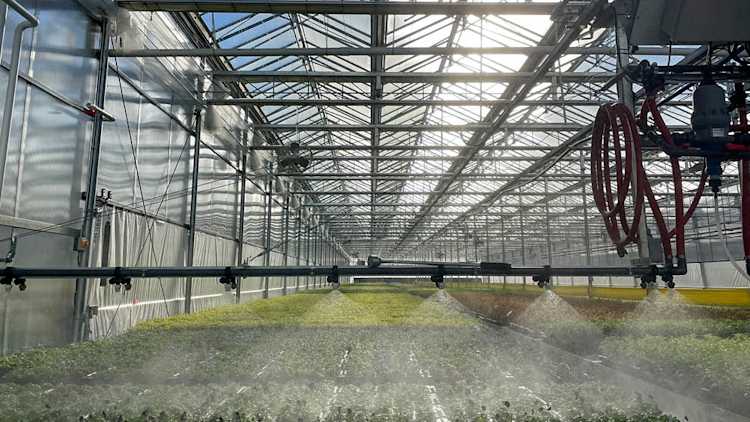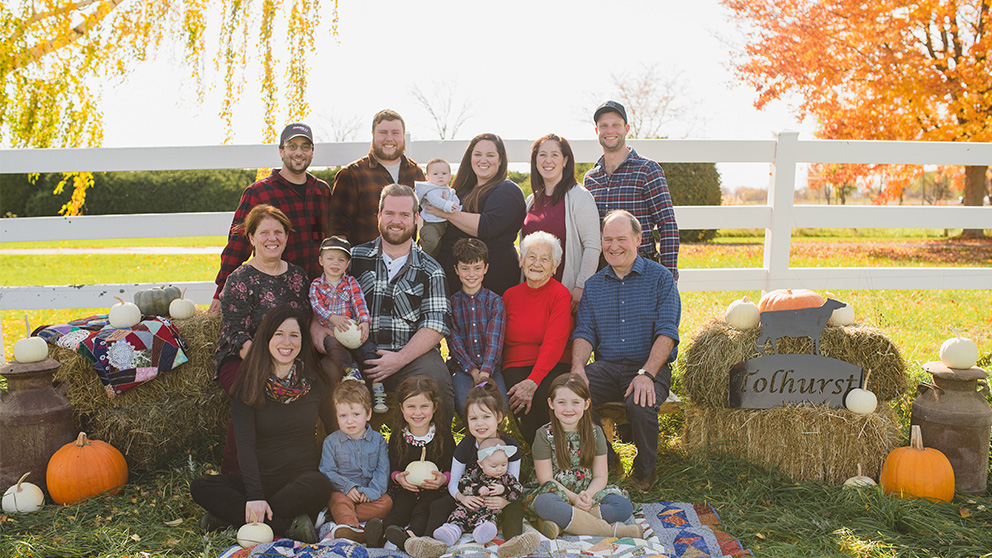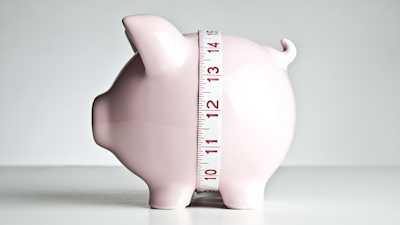5 sustainability projects that make environmental and financial sense

When Dave Van Belle considers new initiatives for his family-owned wholesale nursery and propagation business, there are two key elements at the top of the list.
I like to think of sustainability as not just environmental sustainability but also economic sustainability.
“I like to think of sustainability as not just environmental sustainability but also economic sustainability,” says Van Belle. “If it’s not going to have an economic payoff in the long term, I don’t know if that’s really sustainable.”
Dave’s parents Bill and Grace started Van Belle Nursery in 1973, just north of Abbotsford in British Columbia’s Fraser Valley. In his nearly 20 years as president, Van Belle has used a sustainability lens for several innovations it employs for the thousands of varieties of plants it grows, markets, and ships.
“We’ve done quite a few initiatives that I believe are better for the environment, our customers and our business, and save us money simultaneously.”
Here are five key tried-and-tested initiatives at Van Belle Nursery that make sense for environmental care and the nursery’s bottom line.
1. Amplifying integrated pest management
Integrated pest management helps the nursery reduce their reliance on chemical control, with additional benefits, such as chemical input costs savings, that make the management needed for the system all worth it.
“It’s better for our workers and better for the environment,” Van Belle explains. “And with no re-entry limits, we can actually turn crops over quicker. And our staff are proud of growing plants more sustainably – so it’s good for the earth and the pocketbook.”
2. Plugging into an electric fleet
Van Belle Nursery has used electric vehicles, including forklifts, in their greenhouses for six or seven years. Called “tuggers,” the vehicles are used in the greenhouses, save the nursery the cost of fuel, and have zero emissions – a critical factor for plants and people.
“It’s also a very easy operational choice – we just plug them in at night and the charge lasts all day,” Van Belle says.
3. Wise water use
Even in rainy B.C., efficient water use is a priority at the nursery, and they’ve installed 10 water recapture tanks that each hold about a million litres. Water from all their farms drains into the tanks. And any excess that isn’t needed in the operation gets treated and released off the property.
“We try to make it as closed a loop as possible to keep the water we have so we can reuse it over and over,” Van Belle says. “One of our farms uses almost exclusively 100% rainwater.”
Reusing water and collecting rainwater helps reduce the current environmental impact of the operation and reduce costs they may pay for water. It also reduces the risk of operational disruptions during droughts or water infrastructure failures.
4. Pot-free shipping
One of the areas of waste Van Belle has made a huge dent in is eliminating the use of plant pots. Growing millions of plants involved shipping to customers in plastic pots packaged in wax-lined cardboard boxes. But when they added up the cost of purchasing, storing, shipping and disposing of the pots, they looked for a better, leaner way.
The result was a proprietary tray they designed, trademarked, and had an industrial design patent that pays off for the nursery and their customers.
“Our plants are super well rooted so when we ship them they don’t have to be in pots,” says Van Belle. “To do that, we grow our plants better so our customers get a higher quality product – without plastic pots to dispose of.”
They married the tray system into their FloGo system – a 100% recyclable box without a typical wax liner.
“It’s a miracle box,” he says. “And our customers are saving an average of $5,000 to $7,000 on a truckload of plants because they aren’t paying for pots, and labour isn’t required to remove, clean, or dispose of them.”
By looking at sustainability from a few angles, they’ve eliminated costs for buying pots, saving money for the business and their customers. And the trays are manufactured a few miles from the nursery, further lessening the transportation load for the business.
5. Leaning into less waste
By nature, a sustainable business always looks to boost efficiency and reduce waste. At Van Belle Nursery, part of continuous improvement involves following the “lean process” as a tool to be more efficient.
“We are in an expensive area and compete with nurseries in the U.S. that have much lower operations costs,” Van Belle says. “When we are more efficient and profitable, it empowers our staff. We even have a continuous improvement manager on staff.”
They’ve been using lean for about 20 years to eliminate waste – in whatever form it may take – with higher output as a sustainable benefit.
“We have higher efficiency, worker satisfaction and profits,” he says.
Van Belle says each step towards environmental sustainability always begins with the same assessment – initiatives must also be economically sustainable.
“That’s my frame of reference and starting point,” Van Belle says.
Based on an episode of Profitable Practices by RealAgriculture. Used with permission.
Article by: Jane Robinson

Discover how Tolhurst Farms achieves environmental sustainability, family inclusiveness, and progressive farming practices in Quebec.
